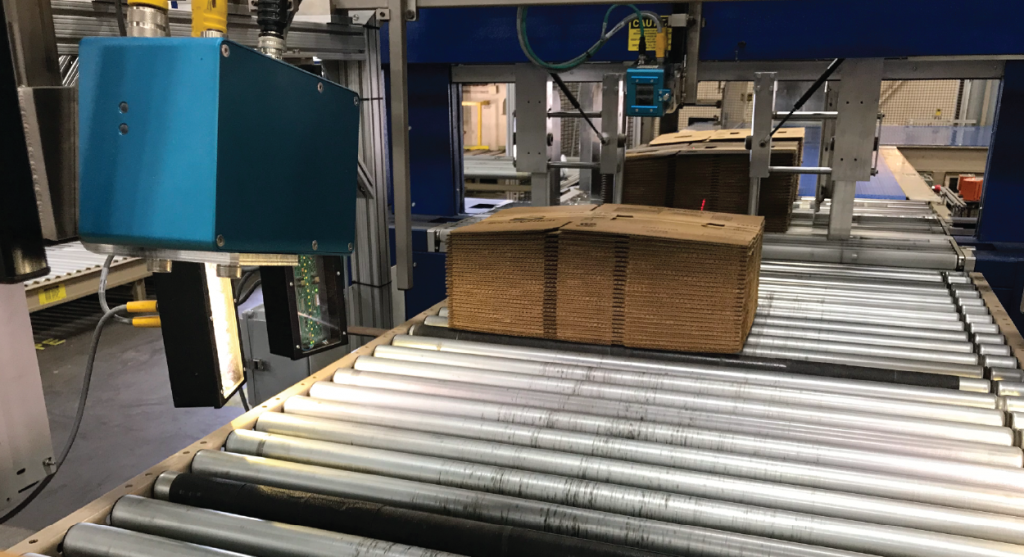The corrugated box manufacturing industry has long been focused on reducing waste as one of the key drivers of efficiencies. Like most box makers, you are probably focused on reducing waste in your facility. However, most people fail to realize the complex interdependent relationships that exist between quality, waste, product price, cost, and production volume. What if “increasing” waste built value for your customers or increased your revenue and “decreasing” waste actually increased the cost of the box or even lowered sales? With so much at stake, it pays to take some time to more closely examine the tipping point between quality and waste.
What is Waste Anyway?
There are actually two separate types of waste – internal and external. Internal waste is typically what the corrugated box industry refers to as “waste.” Internal waste represents any defective sheet or box that is produced and not shipped to the customer. However, if you don’t catch the defective product and it ends up in the hands of the customer, it is considered external waste. External waste is rarely, if ever, discussed unless brought up by the customer. The cost is only accounted for in the form of credits for defects returned. Some customers do not return many defective or problem products to the corrugated box maker, resulting in an inefficient and distorted feedback loop.
Misleading Numbers
Through our investigations, we have found that the costs tracked for external waste are more often larger than the internal waste figures. Furthermore, customer complaints, credits, and feedback are a minority of the actual rate of a defective product that customers are receiving. What this means is that some customers are bearing much of the direct costs (downtime, lost productivity, wasted products) associated with external scrap rates, while box makers are bearing much of the direct costs associated with internal scrap rates.
If customer complaints were, in fact, true indicators of the external scrap rates, this model would be useful for making operational decisions. However, discussions with end-users have shown that customers are not complaining about the vast majority of problems. Similarly, many box plants don’t complain about every hiccup in their machines or every minor issue with their paper – that’s the norm and they are used to it. Because this feedback loop is broken, many corrugated box makers have a warped view (literally) of how much scrap they’re actually sending their customers.
Options
Two clear options are available to box makers for handling waste. First, do a better job of finding all defects before shipment and remove them from the production stream, increasing internal scrap rate and improving quality. Alternatively, send defects to customers in an effort to reduce internal waste, but increasing external scrap rates and decreasing quality. What are box makers expected to do? Is sacrificing quality worth the savings of reducing internal waste? What impact will this have on your business?
Possible Solution
The secret to improving both internal and external waste is not only to identify the defective products and remove them from the production stream, but also to identify the root causes of the scrap production and address them. Investment in quality assurance systems for box inspection, operator training, as well as PM discipline and keeping equipment current can both identify scrap and reduce its root causes. If management is committed to solving problems on the floor that are causing waste, not only will less defective products be produced internally (internal waste) but also less defective products will be shipped to customers (external waste). In addition, profits will improve and customer retention will increase, which directly improves the bottom line. Finding the problem quickly through quality assurance devices and not having them occur from the other improvement measures will decrease internal and external scrap rates and improve the ROI performance of the business.
End Result
If investment in quality assurance systems, operator training, improvement in preventative maintenance programs and an upgrade program for production machinery can reduce the internal scrap rate, then the external scrap rate will be significantly reduced. Box makers will improve profits and keep happy customers who shouldn’t need to complain about the products they receive.
Why pay the price of the traditional corrugated box manufacturing industry’s approach for quality, counting pennies and losing dollars.


